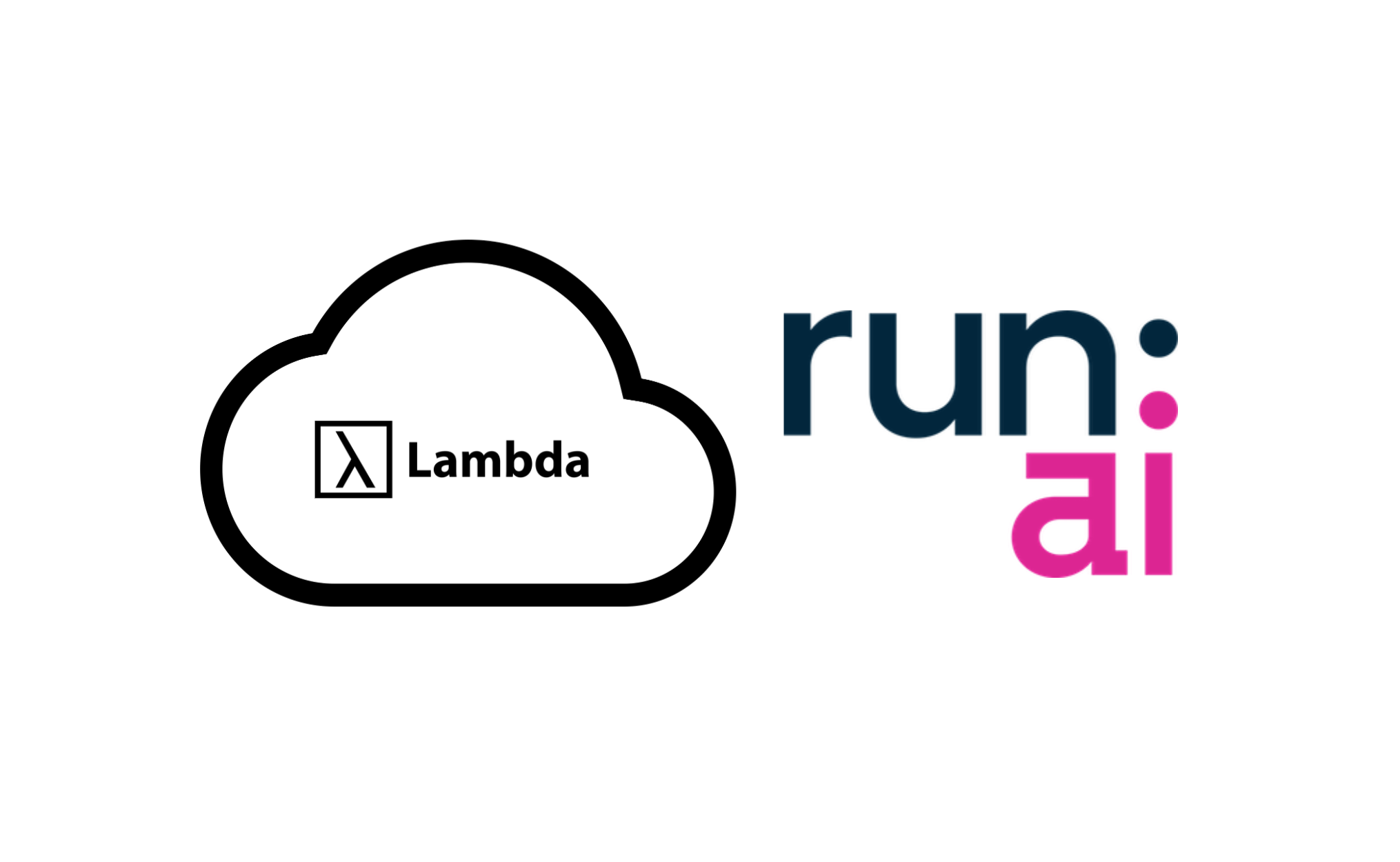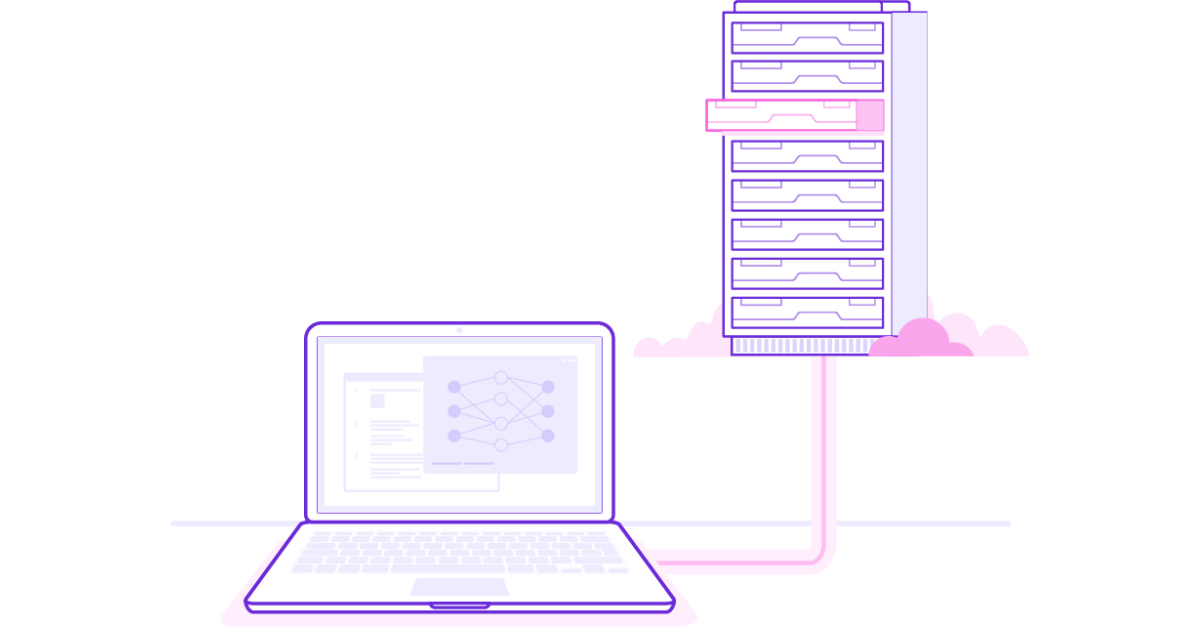
ShadeRunner: Chrome plugin for enhanced on-page research
In today's digital era, accessing information efficiently is crucial. Our new Chrome plugin, ShadeRunner, aims to simplify this process by offering a range of ...

In today's digital era, accessing information efficiently is crucial. Our new Chrome plugin, ShadeRunner, aims to simplify this process by offering a range of ...
Published on by David Hartmann

If you're interested in training the next large transformer like DALL-E, Imagen, or BERT, a single GPU (or even single 8x GPU instance!) might not be enough ...
Published on by Chuan Li

After a period of closed beta, we're excited to announce that persistent storage for Lambda GPU Cloud is now available for all A6000 and V100 instances in an ...
Published on by Kathy Bui
Create a cloud account instantly to spin up GPUs today or contact us to secure a long-term contract for thousands of GPUs